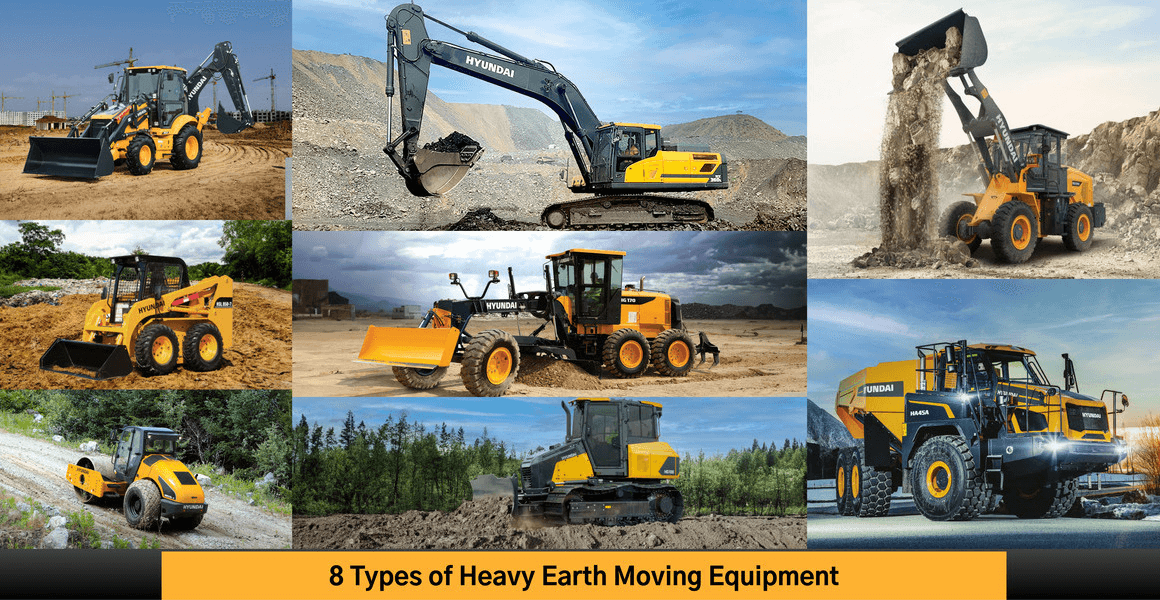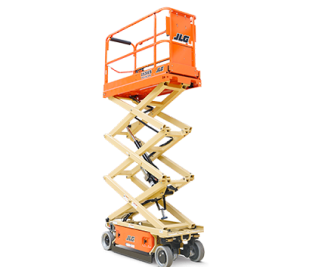Versatile Forklift Rental Bremen, GA: Enhance Your Warehouse Operations
Versatile Forklift Rental Bremen, GA: Enhance Your Warehouse Operations
Blog Article
The Essential Guide to Renting Excavators for Building And Construction Projects
Renting excavators for building projects is a crucial choice that demands a detailed understanding of various factors to guarantee both performance and cost-effectiveness. From choosing the suitable excavator type and size to making certain and discussing rental terms security protocols, each action plays an essential role in the general success of your job. Understanding these elements not just enhances efficiency yet also assists in minimizing costs. As you think about the complexities of renting excavators, it's important to comprehend the subtleties that can significantly impact your project. What are these subtleties, and how can they influence your building and construction outcomes?
Sorts Of Excavators
Excavators are available in numerous types, each designed to perform details jobs in building and construction projects. One of the most usual kind is the standard excavator, also referred to as a spider excavator, which is common on most job websites for its flexibility in trenching, digging, and product handling. These makers operate tracks, providing security and flexibility over irregular surface.
An additional essential version is the mini excavator, treasured for its portable dimension and dexterity. Ideal for little to medium-sized tasks, mini excavators master restricted rooms where larger equipments would battle. They are frequently utilized for landscape design, utility work, and small demolition.
For jobs calling for extended reach, the long-reach excavator is vital. Furnished with a longer boom and arm, these machines can function in areas that are hard to accessibility, such as across water bodies or deep excavations.
Lastly, there are specialized excavators like the suction excavator, which uses high-powered fans to vacuum up dirt and particles, making it suitable for fragile underground utilities. The dragline excavator, an additional specialized type, is typically made use of in massive civil engineering projects like canal dredging and mining as a result of its ability to raise heavy lots over long distances.
Picking the Right Size
Choosing the suitable size of an excavator is critical for the performance and success of any kind of construction task. The size affects not just the equipment's ability to manage certain tasks but likewise the operational expenses and website accessibility. Excavators are available in various dimensions, from compact units suitable for small domestic projects to big equipments created for extensive commercial or commercial tasks.
Recognizing the range of the job is necessary when determining on the excavator dimension. On the other hand, large-scale earthmoving procedures, like roadway building and construction or huge foundation digs, require the usage of huge or standard excavators.
Think about the website's terrain and access factors. Larger excavators might encounter challenges in tight or uneven areas, making smaller sized models a lot more sensible. By completely examining these factors, building supervisors can ensure they pick an excavator size that enhances performance and minimizes job hold-ups.
Rental Contract Essentials

Similarly important is the thorough break down of expenses. This includes the day-to-day, once a week, or month-to-month rental rates, and any added charges such as cleansing, gas, or distribution costs. It's a good idea to ask about potential penalties for late returns or problems to stay clear of unforeseen expenses.
The problem of the excavator at the time of rental must also be well-documented. Make certain the arrangement includes a thorough examination record that notes any type of pre-existing damages. This protects you from responsibility for issues that existed prior to your rental duration began.
Insurance protection is an additional important component. Verify whether the rental firm offers insurance policy or if you need to secure your very own policy. Ultimately, comprehend the terms for devices upkeep and repairs. Understanding your responsibilities for maintenance throughout the rental duration will assist keep the excavator in optimum working condition, reducing downtime and improving job performance.
Upkeep and Security Tips
When taking care of excavators on a building and construction site, adhering to correct upkeep and security methods is critical for guaranteeing both operational effectiveness and worker safety. Oiling relocating components and making certain fluid levels are ideal can prevent expensive downtime and prolong the device's operational life expectancy.
Operators must be completely trained and licensed to manage excavators, recognizing the maker's limitations and controls. It's essential to carry out daily examinations, focusing on security attributes such as alarm systems, seatbelts, and emergency shutoff switches over.
Implementing a durable upkeep routine and fostering a culture of security can alleviate risks significantly. Constantly speak with the manufacturer's handbook for particular maintenance intervals and safety and security standards. By prioritizing these aspects, building jobs can proceed smoothly, reducing interruptions and guaranteeing a secure working setting for all workers entailed.
Cost-Saving Techniques
When renting excavators for building tasks,Effective cost-saving methods are important for taking full advantage of the return on financial investment. One key method is to perform a comprehensive demands analysis before service. Recognizing the particular demands of your task helps in choosing the right type and size of excavator, protecting against unneeded expenditures on overly specialized or oversized equipment.
An additional vital technique is to negotiate rental terms. Lots of rental companies provide flexible rates structures, especially for long-term services. Developing an excellent relationship with the rental supplier can likewise cause loyalty price cuts and much better terms. Additionally, scheduling in development can sometimes safeguard reduced rates compared to final leasings.

Lastly, take into consideration the complete expense of possession, consisting of insurance, useful source fuel, and transportation. Bundling these solutions with the rental agreement can usually lead to a more favorable total bundle. By applying these strategies, building and construction projects can achieve substantial expense effectiveness while ensuring operational effectiveness.
Verdict
To conclude, the strategic option and service of excavators for construction tasks demand a detailed understanding of used excavator price excavator types, suitable sizing, and the complexities of rental agreements. Stressing regular upkeep and safety procedures is vital to making certain operational effectiveness and minimizing risks. Carrying out cost-saving methods via careful preparation and negotiation can even more boost project productivity while managing costs. Complying with these standards will add considerably to the effective implementation of construction undertakings.
From choosing the ideal excavator type and size to negotiating rental terms and ensuring safety procedures, each action plays an essential function in the general success of your task. mini excavator rental Bremen GA. The most common kind is the standard excavator, additionally understood as a spider excavator, which is ubiquitous on the majority of task websites for its adaptability in excavating, material, and trenching handling. By completely examining these elements, building and construction supervisors can ensure they pick an excavator size that maximizes productivity and minimizes project delays

Understanding your responsibilities for upkeep throughout the rental duration will certainly help preserve the excavator in ideal working condition, reducing downtime and enhancing task effectiveness.
In conclusion, the critical option and service types of construction equipment of excavators for construction projects require an extensive understanding of excavator kinds, proper sizing, and the complexities of rental arrangements.
Report this page